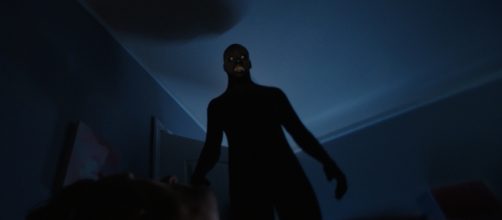In the last year or so, from the November 2015 release of docu-film "The Nightmare’" to model Kendall Jenner recently declaring herself to be a sufferer, ‘sleep’ and ‘paralysis’ appear to be the words on many a lip. For those unaware of the term, put simply, it refers to the transitional state between wakefulness and sleep and, for some people, the side-effects can be terrifying.
Graduates under pressure - cue the night terrors
These days, Generation Y is exposed to all sorts of pressures that those before never had to consider, with fear of failure at an all time high.
Previously, not many people went to university yet, for the academic year 2015/16, the BBC reported that a record number of students were in higher education. With graduate numbers rising, job-seekers of that level need to go above and beyond if they want to stand out. And that’s just professionally. In private, with the rise of social media and the photographic filter, there is enough pressure in just faking a life that looks good, let alone actually living it. Cue the night terrors.
Not confined to everyday people - celebs suffer too
No one knows why SP affects some and not others but, for those who do suffer, there are ways to prevent it, for the cure can be found in the cause. Kendall Jenner has talked about her experiences at length, documentaries have explored it in detail, and a fictional film based on the premise, "Dead Awake", was also recently released.
One common thread, in most cases, tends to be anxiety. Is it any coincidence then that, along with the sleeping disorder's current high-profile, anxiety disorders are also on the increase?
Are we going crazy?
Have you ever been in bed, slowly drifting off, when all of a sudden you couldn’t move your body? Did you sense someone (or something) in the room with you?
Did this presence feel malevolent? If you’ve answered yes to these questions, then chances are you have experienced sleep paralysis.
I first experienced SP when I was 12 years old. That first time, it was fairly ‘straightforward’; I couldn’t move, I felt something pressing on my chest, and there was a sense of chilling evil.
Over the years the episodes developed into hallucinations. A red cloaked, hooded figure is the most common, but one night - the most horrifying to date - I saw a green demonic-type figure sidle up to my bedside.
Am I crazy? Not at all, and neither are you. SP is absolutely normal. Every one of us experiences this transitional state but, for some, our bodies can fall out of sync with our brain, enabling a situation where our minds are alert, yet our body is still inhibited by the paralysing chemicals it releases in order to prevent us from acting out our dreams during sleep. The subsequent feeling of fear is unexplained, yet widely experienced.
Ways to combat sleep paralysis
When Kendall Jenner talked about SP, she referred to how she felt over-worked, far-travelled and much-exerted.
We’ve all been there, our symptoms just manifest differently. My green demon, for example, only appeared during a time of extreme personal stress. In comparison, in a similar situation, a friend of mine may simply have a headache. The reality? We all deal with stress in different ways. The solution: step off the merry-go-round, try yoga, meditate. When recommending treatments for SP, the NHS suggests a simple good night’s sleep.
In this day and age, looking after your mental Health is so important. Think about it: as long as we focus on dealing with the demons in our own heads, it should be perfectly possible to make the monster in the bedroom a thing of the past.

